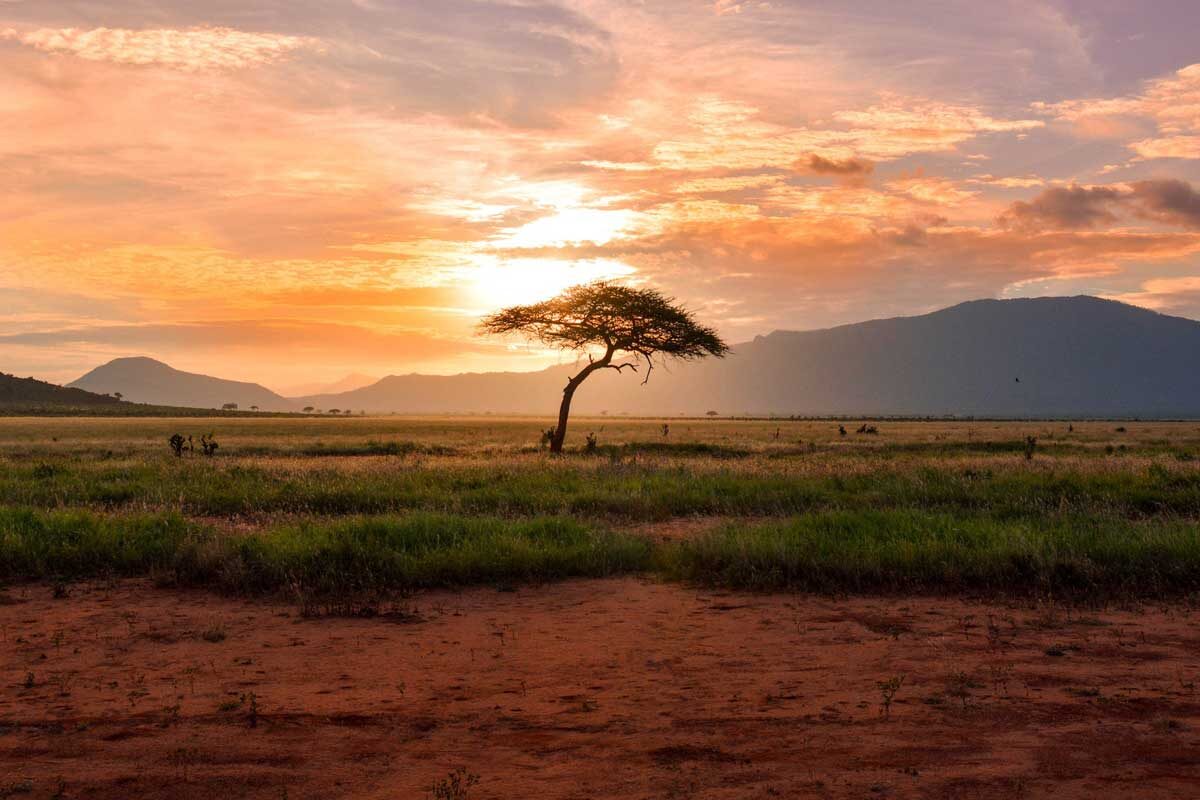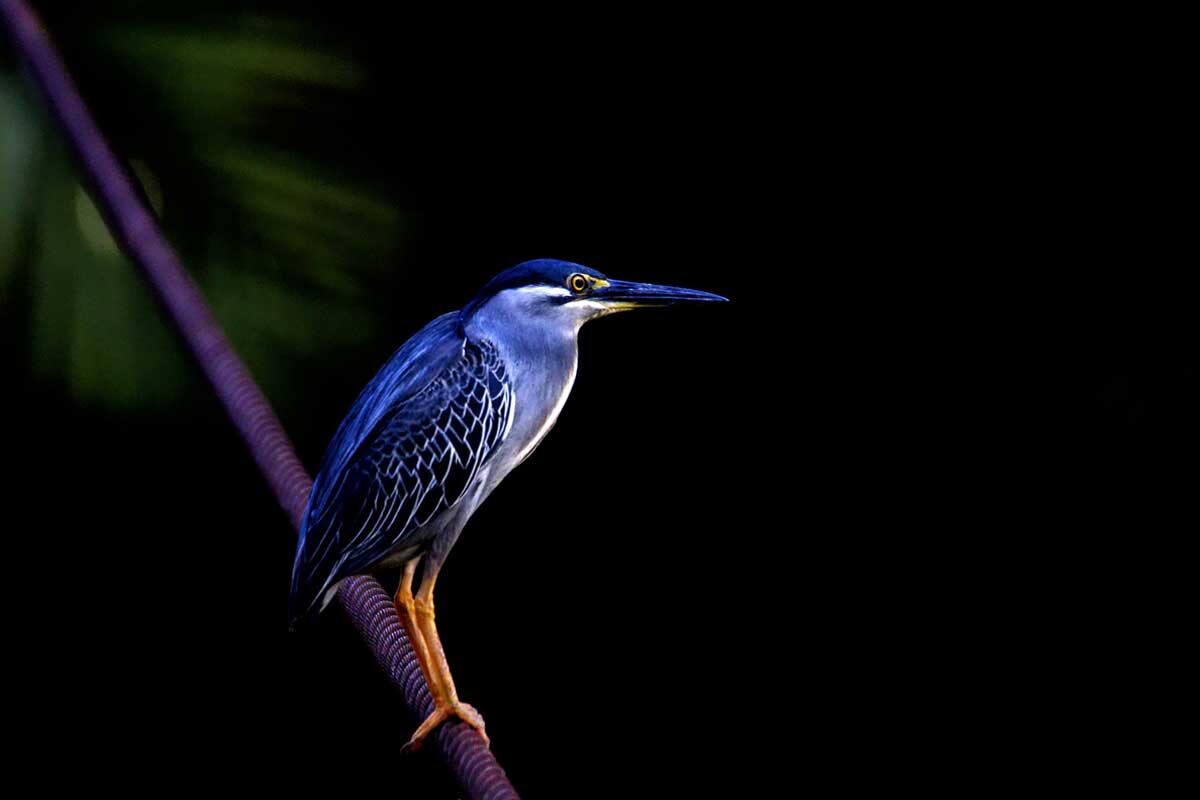The annual migration of over two million animals through the Mara-Serengeti ecosystem is certainly one of the world’s great wildlife events. Dominated by wildebeest but also involving zebras, gazelles and expectant carnivores, its timing varies according to the annual rains.
The short rains begin in late October or November, drawing the herds from the Mara through the Northern Corridor towards the plains of the south. By late December the migration usually settles in the southern plains, often spreading as far as Ngorongoro. The animals remain there for a number of months bearing their young in late January and February. Around April the migration starts to move again, passing through the central Seronera area and spilling into the Western Corridor during May and June. The herds usually pass back through the Northern Corridor in July and spend the rest of July, August and September crisscrossing the border with the Maasai Mara, requiring many crossings of the Mara River.
Despite its size the Serengeti is relatively easy to traverse, enabling interception of the migration wherever it occurs: however, for the most rewarding spectacle involving the least amount of travel it is of course best to stay at a lodge close to the migration route.















